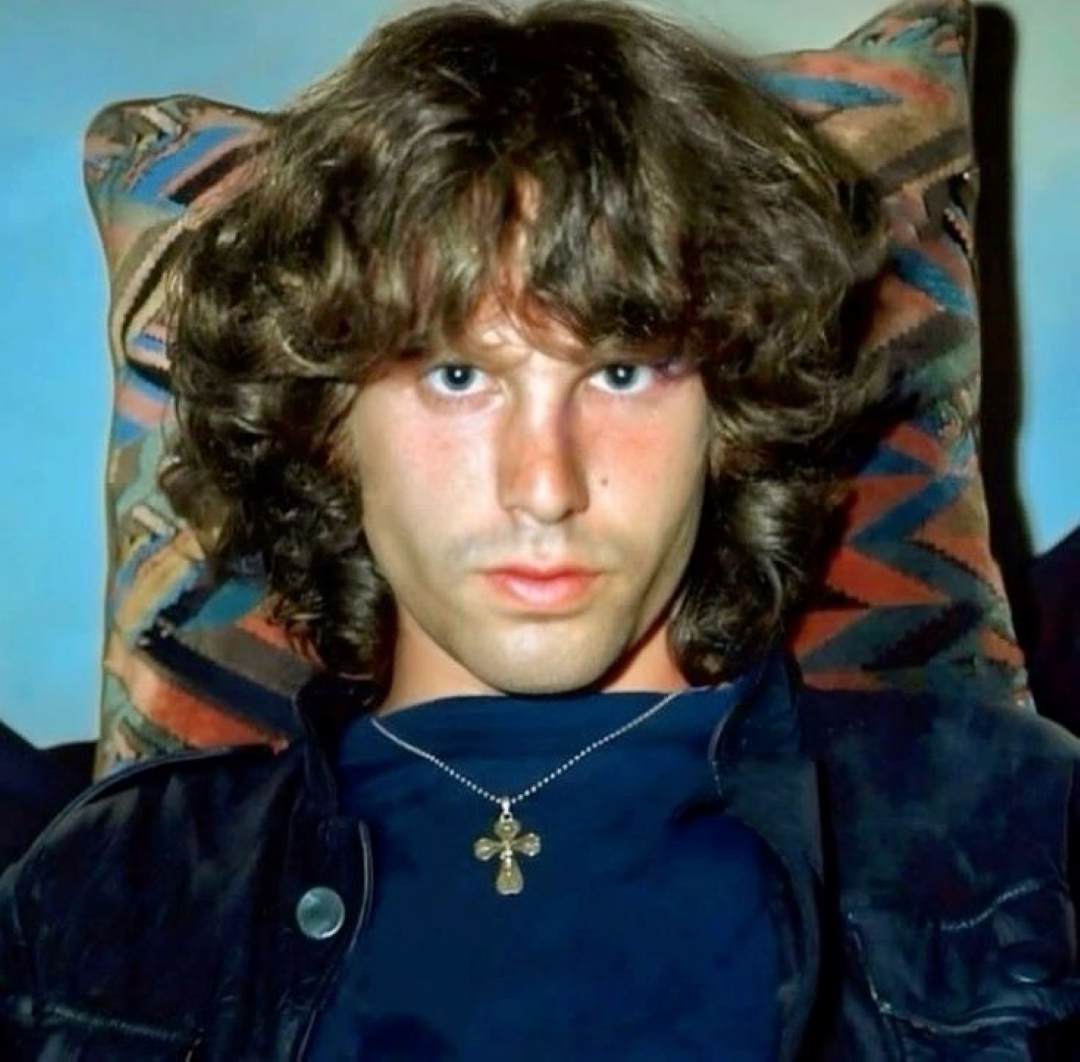Jim Morrison was never content to be just a singer in a rock band. To his audience, he was a poet, a provocateur, a madman, and a mystic. But above all, he was The Lizard King.
Few nicknames in rock history carry the same weight. Elvis was “The King,” Springsteen became “The Boss,” but Morrison’s self-declared title—“I am the Lizard King, I can do anything”—was something else entirely. It was strange, mystical, and almost laughably surreal. And yet, it stuck. Half a century later, people still speak of Jim Morrison as the Lizard King, as though it were an identity etched into his soul.
But where did it come from? Why lizards? And what did Morrison mean when he claimed this bizarre crown for himself?

🐍 Desert Visions
Jim Morrison grew up restless, often moving because of his father’s Navy career. In his teenage years, he developed a fascination with the American Southwest. The desert, with its endless horizons and dangerous stillness, became a recurring theme in his writing.
It was in these landscapes that snakes and lizards entered his imagination. Reptiles embodied the desert’s primal energy—creatures ancient, alien, and enduring. Morrison often wrote about encounters with animals, but snakes carried special weight: a symbol of transformation, danger, and sexuality.
One of his earliest and most haunting memories, described in poems and interviews, was a childhood car ride past a horrific car accident where Native Americans lay injured on the road. Morrison claimed he saw “the souls of the Indians” entering his body. Whether literal or embellished, the story became central to his mythology. In his mind, snakes and lizards—totems in Native spirituality—connected him to a deeper, more mystical reality.
🦎 The Lizard King Is Born
The nickname itself emerged from Morrison’s long poem “Celebration of the Lizard,” a sprawling work he often recited on stage. Within it lies the famous line:
“I am the Lizard King, I can do anything.”
At first glance, it seems like nonsense—absurdist wordplay meant to shock or amuse. But in context, it was Morrison at his most revealing. By declaring himself the Lizard King, he was casting off human boundaries. Lizards can shed their skin; snakes symbolize rebirth. For Morrison, who constantly flirted with death, freedom, and transformation, this was the ultimate metaphor: becoming something beyond human.
It was also a joke. Morrison enjoyed the absurd. The more people repeated “Lizard King,” the more he leaned into it, half-serious, half-mocking. Like many of his performances, it existed in the space between parody and prophecy.
🎭 Playing with the Image
On stage, Morrison often invoked serpentine imagery. He slithered, crawled, and moved with a reptilian sensuality. His leather pants glistened under the lights like scales. His movements were slow, hypnotic, like a cobra preparing to strike.
Fans began to embrace the mythology. Posters, fan art, and magazine spreads portrayed him with snakes, or crowned with lizards like some desert deity. Morrison rarely corrected them. Why would he? The Lizard King was both a mask and a mirror.
In interviews, he toyed with the identity. Sometimes he claimed it was just poetry, nothing more. Other times, he hinted that it was real—that he believed in animal totems, that lizards had always followed him, that the desert spoke through them.
The truth was that Morrison loved to blur the line. He wanted people unsure whether he was joking or preaching. That uncertainty gave him power.
🐍 Snakes, Sex, and Death
The snake is one of humanity’s oldest symbols. In mythology, it is at once a creature of wisdom and of sin, of danger and rebirth. Morrison drew on all of these meanings.
To him, snakes embodied sexuality—the forbidden, the primal. He often wrote of erotic encounters in terms of slithering movements, of shedding skins. They also symbolized death, ever-present in his lyrics and poetry. The snake kills but also renews.
It’s no coincidence that so many of The Doors’ songs circle around temptation, danger, and transcendence. Morrison wasn’t singing about ordinary love—he was singing about possession, about being devoured, about surrendering to something larger than yourself. The snake was always there, coiling in the background.
🦎 Beyond the Joke
As Morrison’s fame grew, the Lizard King nickname followed him everywhere. Fans shouted it at concerts. Journalists printed it. Soon it became shorthand for his entire persona—wild, unpredictable, mystical, dangerous.
And yet, Morrison himself seemed both amused and trapped by it. Like all myths, it took on a life of its own. What began as a line in a poem became his defining title.
There’s a strange irony in that. Jim Morrison, who hated being pinned down, who despised labels, was immortalized under the strangest label of all: The Lizard King.
🌌 The Last Transformation
When Morrison left for Paris in 1971, he carried the Lizard King with him. Photographs from his final months show a man heavier, quieter, bearded. But the nickname lingered. In death, it became eternal.
The Lizard King was no longer just a line in a poem. It was Jim Morrison himself—forever frozen in myth as the man who could “do anything,” even cross the boundary between life and legend.
🎶 Related Song: “Celebration of the Lizard”
If one song embodies the Lizard King mythology, it is this sprawling, theatrical piece. Part poem, part performance, it captures Morrison’s surreal imagery, his obsession with reptiles, and his desire to transform reality into ritual. While it was too long and chaotic to ever become a radio hit, it remains one of the most direct windows into Morrison’s strange, serpentine mind.